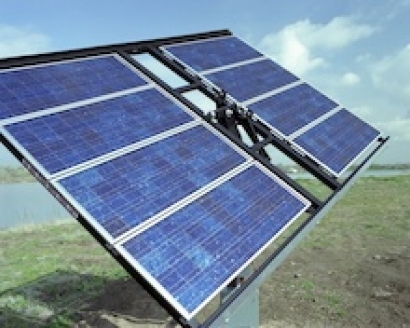
RdTools combines best practices with years of NREL degradation research to deliver new methodologies that change how solar field production data is evaluated. The software package makes it possible to accurately evaluate PV systems faster, despite common challenges with performance data.
PV module and system degradation have been historically difficult to assess in the industry. Field performance can be impacted by many variables including ambient weather conditions, seasonal changes, sensor drift, and soiling, to name a few. Extracting system degradation rates previously required years of production data, high accuracy instrumentation, and the presence of staff scientists to conduct the evaluation.
The RdTools software package solves these problems by providing a robust and validated software toolkit for calculating and analyzing PV system performance and degradation over time. The tool can deliver valuable insights for manufacturers, engineers, investors and owners who have a stake in system performance, such as identifying under-performing sub-arrays, and quantifying system performance relative to neighboring systems.
For co-developer SunPower, the results of its own data analysis were compelling. “The RdTools method was used to analyze energy generation from 264 PV systems at locations across the globe, revealing that degradation rates were slower than expected,” said Greg Kimball, a senior performance engineer at SunPower.
According to Adam Shinn, a data scientist for co-developer kWh Analytics, RdTools is valuable because of the information it provides to the solar investors with whom they work.
RdTools was led by a NREL team of researchers: Michael Deceglie, Chris Deline, Dirk Jordan, and Ambarish Nagand funded by the U.S. Department of Energy Solar Energy Technologies Office. The software is actively being developed as a set of open-source Python scripts and usage examples on GitHub and is publicly available to interested users who can access, download, and customize the software.

RdTools results show time-series data along with a year-on-year degradation distribution. The same system is analyzed with the clear-sky method (a), and sensor-based method with a poorly maintained sensor (b). In this case, high reported degradation is likely caused by sensor drift, rather than a degrading PV module.
For more information: NREL

